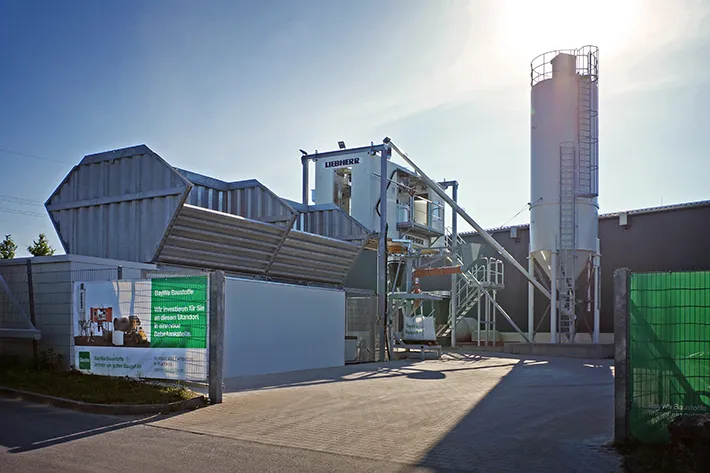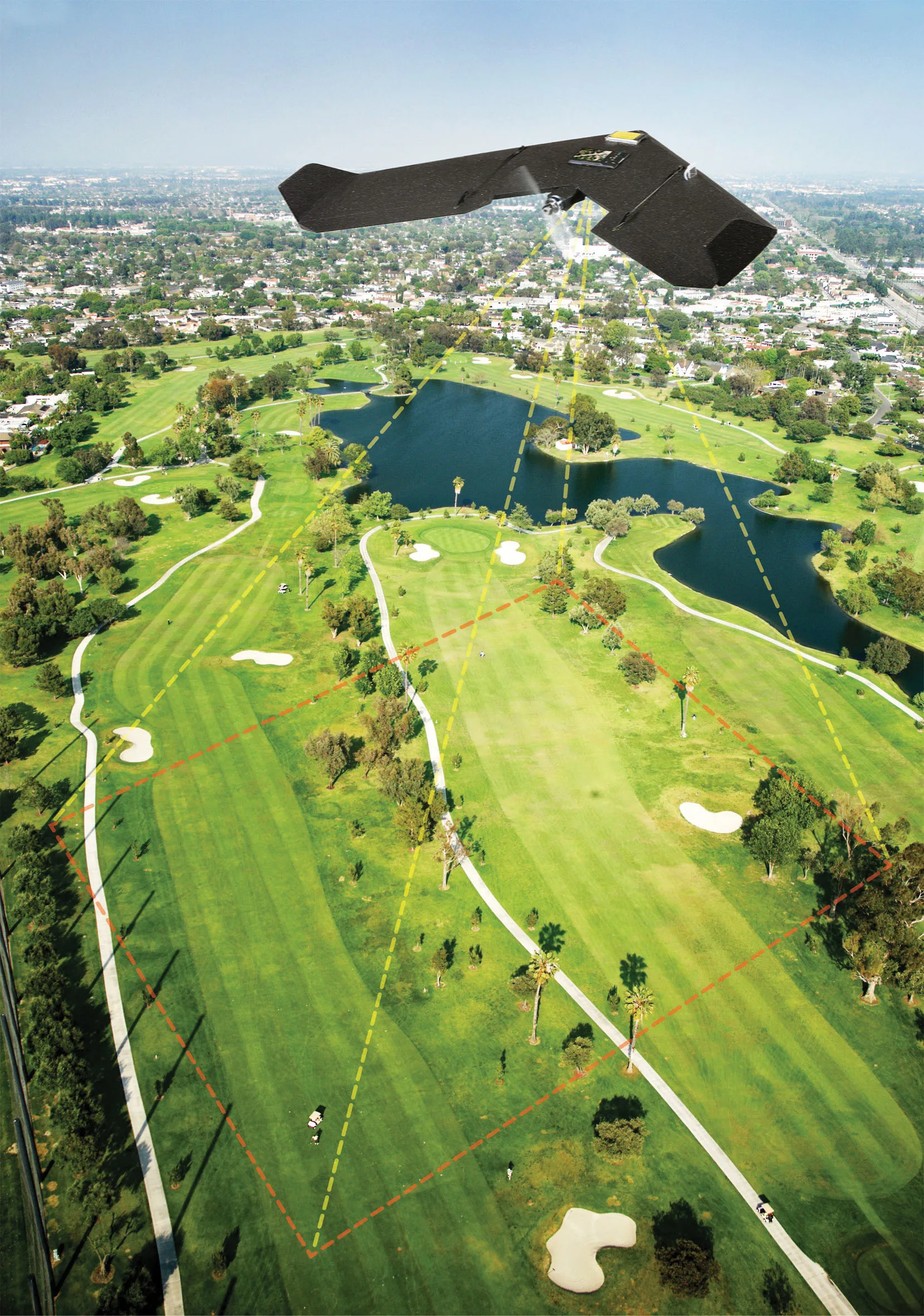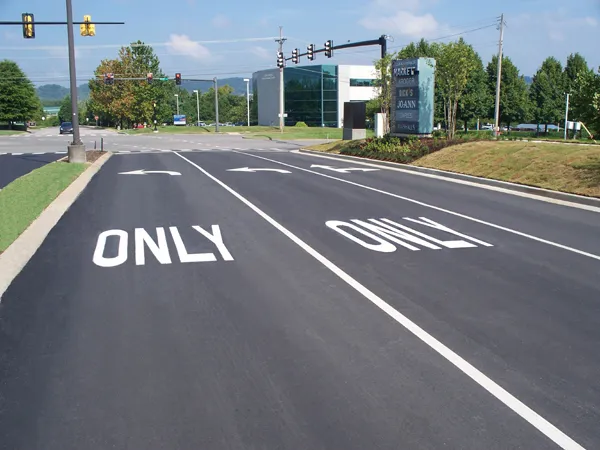A simple new solar-powered, selfcontained data collection option is available from Clearview Traffic, which offers an innovative solution for vehicle counting on a wide range of roads. The M210 solar powered logging stud offers an alternative to the traditional single loop site by providing count information in a simple, self contained unit. Clearview Traffic has combined its expertise with a range of technologies including solar power, radio communications and magnetometer based vehicle detection. The M210
February 6, 2012
Read time: 2 mins

A simple new solar-powered, selfcontained data collection option is available from 707 Clearview Traffic, which offers an innovative solution for vehicle counting on a wide range of roads. The M210 solar powered logging stud offers an alternative to the traditional single loop site by providing count information in a simple, self contained unit.
Clearview Traffic has combined its expertise with a range of technologies including solar power, radio communications and magnetometer based vehicle detection. The M210 solar powered logging stud is self contained traffic and is installed into a 130mm diameter hole in the centre of the lane. Once installed it can count passing vehicles and record at one minute intervals, storing this within the unit. An integrated solar panel provides power to a high efficiency rechargeable battery to ensure continuous operation for many years without the need for any form of routine maintenance. A specially designed radio dongle can be plugged into a USB port to wirelessly communicate to the M210. Data can then be collected using a simple download application up to 10m away from the roadside. As the device uses a magnetometer to detect vehicles, it is immune from problems associated with damage to loops including from road degradation, utility works or road repairs. It is also unobtrusive and less likely to sustain damage from road users, while it offers a large integrated memory.
Clearview Traffic has combined its expertise with a range of technologies including solar power, radio communications and magnetometer based vehicle detection. The M210 solar powered logging stud is self contained traffic and is installed into a 130mm diameter hole in the centre of the lane. Once installed it can count passing vehicles and record at one minute intervals, storing this within the unit. An integrated solar panel provides power to a high efficiency rechargeable battery to ensure continuous operation for many years without the need for any form of routine maintenance. A specially designed radio dongle can be plugged into a USB port to wirelessly communicate to the M210. Data can then be collected using a simple download application up to 10m away from the roadside. As the device uses a magnetometer to detect vehicles, it is immune from problems associated with damage to loops including from road degradation, utility works or road repairs. It is also unobtrusive and less likely to sustain damage from road users, while it offers a large integrated memory.









